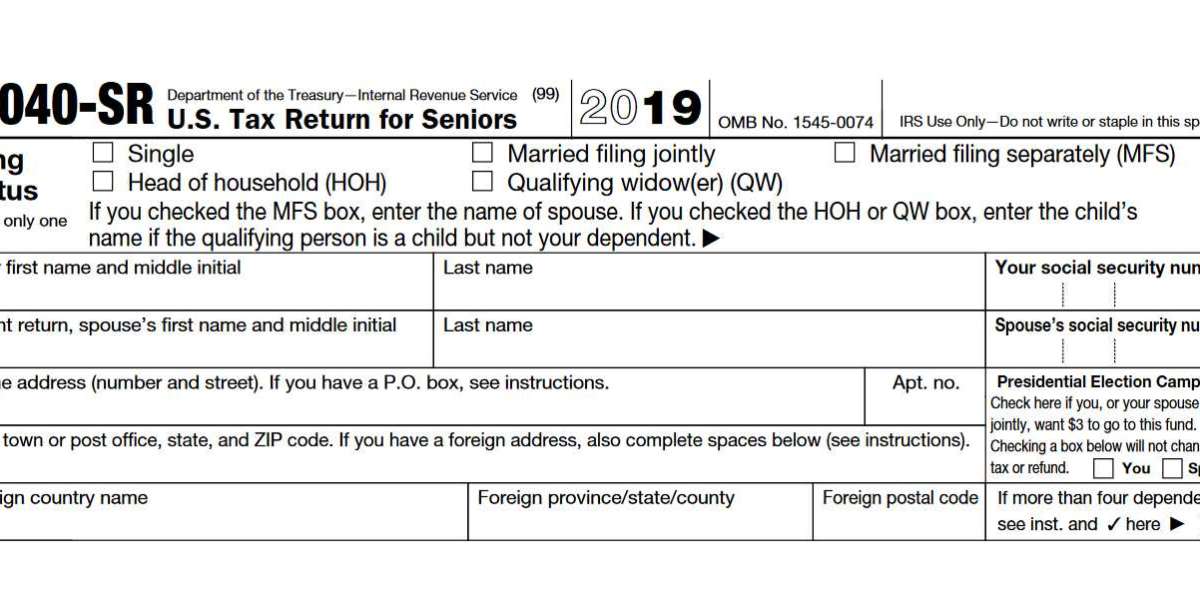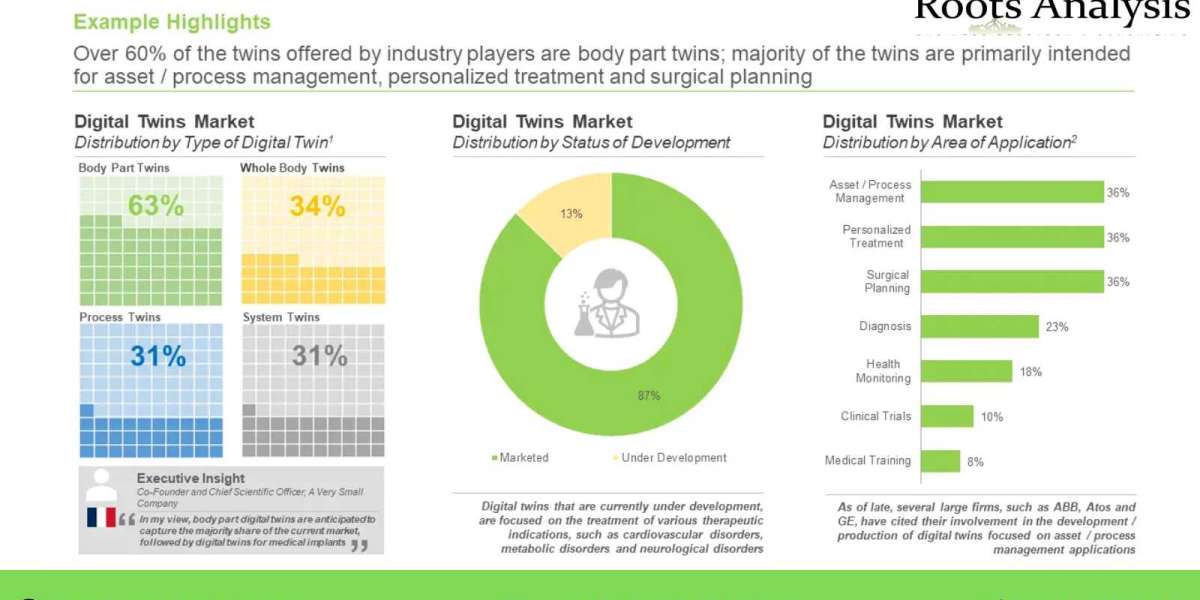In what capacity does the IRS Form 1040-SR: U.S. Tax Return for Seniors serve?
In April, if you are 65 years or older, you have the option of filing your taxes using Form 1040-SR: U.S. Tax Return for Seniors rather than the standard Form 1040. It is virtually identical to Form 1040, with the exception of the fact that the type is larger and the tax benefits for seniors are given greater prominence.
In most cases, whether or not a taxpayer itemizes deductions, Form 1040 and Form 1040-SR are the standard tax forms used by all taxpayers. With the passage of the Bipartisan Budget Act of 2018, Form 1040 was revised and simplified, and Form 1040-SR was introduced.
In addition, Form 1040-EZ, which was designed for taxpayers with straightforward tax situations, and Form 1040A, which was confusingly similar to the old Form 1040, were both eliminated as a result of the Act.
Form 1040-SR: What You Need to Know
The new Form 1040-SR is intended to be easier on the eyes and to draw attention to tax benefits that are specifically designed for seniors.
Most importantly, seniors who do not itemize will be able to take advantage of a higher standard deduction. The form 1040-SR includes a chart that details the amount of the additional standard deduction available to taxpayers who are 65 years old or older.
Taxpayers who were at least 65 years old by the end of 2020 are eligible to increase their standard deduction by at least $1,300. The combined deduction amounts listed on the chart included with Form 1040-SR are the only amounts that vary depending on the filing status and other eligibility factors.
When compared to the previous Form 1040-EZ, which only allowed the reporting of income from wages and salaries, and tips, the new Form 1040-SR allows the reporting of income from a variety of sources.
Who Is Eligible to File Form 1040-SR?
There are some differences between the old Form 1040-EZ and the new Form 1040-SR, which are discussed further below, including the age requirements and the maximum amount of income that can be claimed.
People over the age of 65
One significant difference between Forms 1040-EZ and 1040-SR has to do with the age of the taxpayer. Form 1040-EZ was made available to any taxpayer under the age of 65 who otherwise met the income and filing requirements of the Internal Revenue Code. To be eligible to file Form 1040-SR, you must have reached the age of 65 or older by the end of the tax year in which you are filing. For example, if you turned 65 on December 31, 2020, you can file your 2020 taxes using Form 1040-SR in 2021 when you file your 2020 taxes.
It is important to note that you do not have to be retired. It is permissible to file Form 1040-SR if you are still employed at the age of 65 and otherwise qualify to do so. Early retirees (those who are less than 65 years old) cannot, on the other hand, use Form 1040-SR.
There are no income restrictions.
In contrast to Form 1040-EZ, which had a limit of $1,500 on interest income and a total income limit of $100,000 or less, Form 1040-SR has no limit on the amount of total income you can earn in a given taxable year.
Income Categories Have Been Expanded
Aside from the types of income that can be reported on Form 1040-EZ, the IRS Form 1040-SR allows for the reporting of a number of additional types of income (wages, salaries, tips, taxable scholarship or fellowship grants, and unemployment compensation or Alaska Permanent Fund dividends).
Form 1040-SR, in particular, allows you to report Social Security benefits as well as distributions from qualified retirement plans, annuities, and other similar deferred-payment arrangements on your federal income taxes. In addition, you may include an unlimited amount of interest and dividends, as well as capital gains and losses.
What Do You Think About Tax Deductions?
You can use Form 1040-SR, just like Form 1040, whether you take the standard deduction or itemize deductions on your tax return.
Despite this, the standard deduction is now taken by the vast majority of Americans, thanks to the 2018 tax reform law, which nearly doubled the amounts that can be deducted from income. The additional standard deduction for seniors is just one more reason to avoid itemizing your deductions altogether.
When Filing Form 1040-SR, There Are Some Special Considerations
Form 1040-SR is a tax form designed to make tax filing easier for seniors. For retirees under 65 years old, you cannot use Form 1040-SR and must instead file Form 1040. This is true even if your income includes Social Security, pensions, and investment income. Form 1040-SR can be found here.
Although this is a disadvantage, the introduction of Form 1040-SR and the revision of Form 1040 are positive developments in the direction of streamlining tax-filing requirements.
The Origins of Form 1040-SR
Introducing the Seniors Tax Simplification Act, sponsored by Senators Marco Rubio (R-FL) and Bill Nelson (D-FL), with the support of Senators Mike Lee and Tom Carper (both R-DE), marked the beginning of the legislative process that resulted in the creation of IRS Form 1040-SR on March 5, 2013. (D-DE).
Even though the bill received endorsements from the AARP, the Association of Mature American Citizens (AMAC), and the National Taxpayers Union, it did not become law until Form 1040-SR language was included in an emergency spending bill signed by former President Trump on February 9, 2018.



